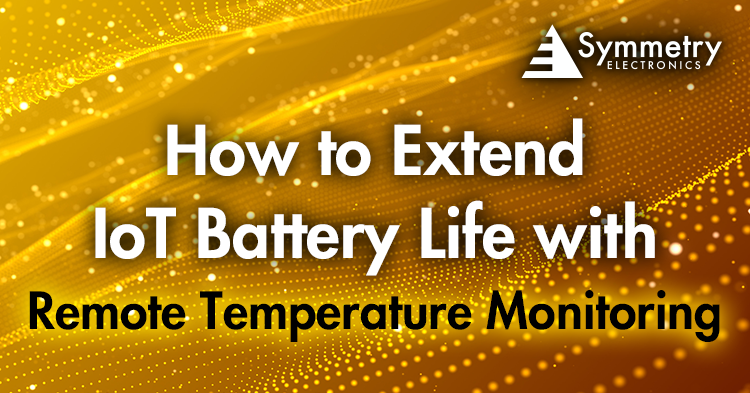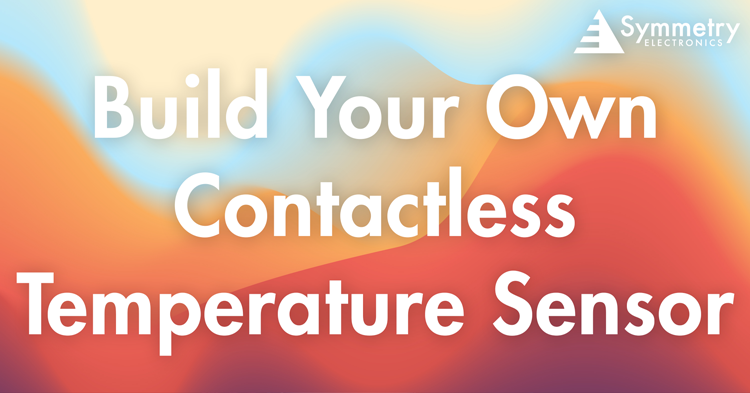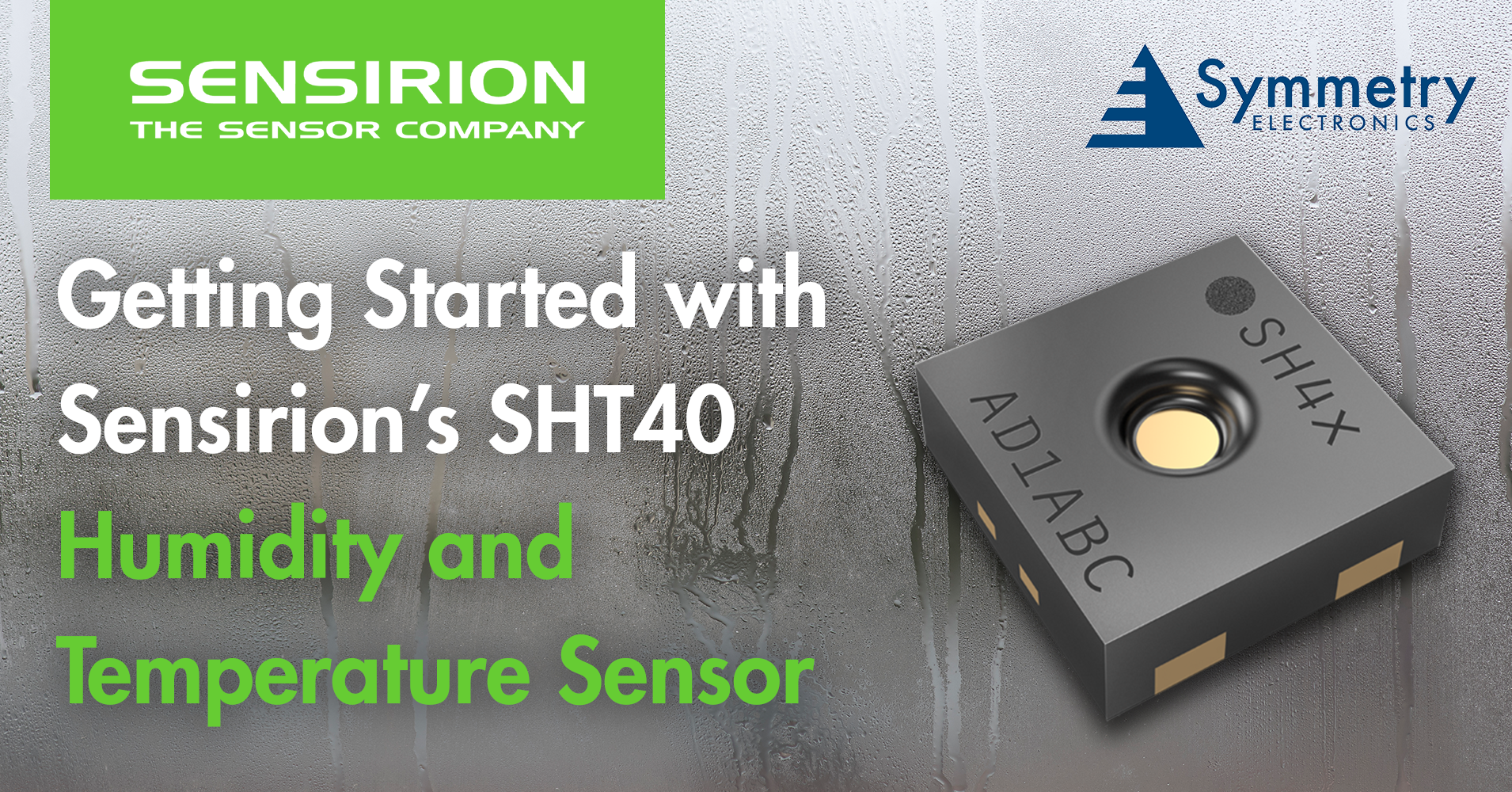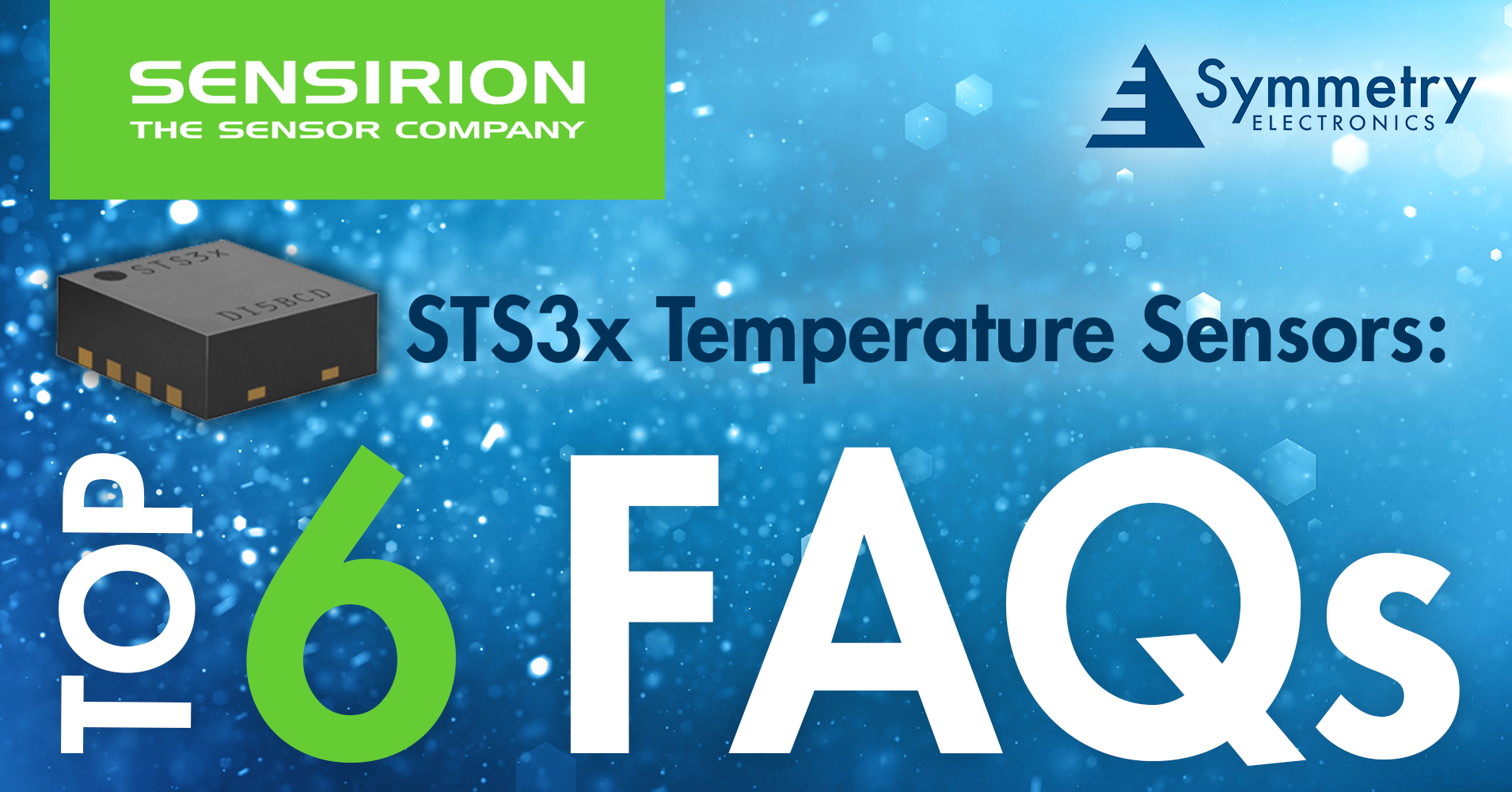- Home
- Symmetry Blog
- How to Extend IoT Battery Life with Remote Temperature Monitoring
How to Extend IoT Battery Life with Remote Temperature Monitoring
About Jari Haiston

Internet of Things (IoT) networks consist of devices that communicate and exchange data with each other, often without human intervention. IoT devices are used for various applications like smart homes, healthcare, agriculture, transportation, and more. However, one of the main challenges of IoT devices is their battery life. While many are preparing for a battery-less future, many of today’s IoT technology relies on battery power. In remote locations, IoT devices need to operate for long periods without recharging or replacing batteries. Therefore, optimizing the battery life of IoT devices is crucial for their performance and reliability.
How Temperature Affects Battery Life
One of the main factors that affects the battery life of IoT devices is temperature. Temperature can influence the chemical reaction, internal resistance, and storage capacity of batteries, as well as the overall power consumption of a device. Depending on the type of battery and application, different temperature ranges may be optimal or detrimental for battery life. For example, lithium-ion batteries, which are commonly used in IoT devices, have a nominal operating temperature range of 15 degrees C to 35 degrees C. Outside this range, the battery may experience reduced capacity, increased degradation, or even safety hazards.
What are Remote Temperature Monitoring Solutions?
Remote temperature monitoring solutions use wireless sensors to measure and transmit the temperature of devices and their batteries. Remote temperature monitoring can help extend battery life by:
- Detecting and alerting temperature anomalies that may indicate battery problems or failures.
- Adjusting the duty cycle, frequency, or power consumption of IoT devices according to temperature conditions.
- Enabling preventative maintenance or replacement of batteries before they reach critical levels.
How to Monitor Temperature Remotely
It is important to monitor the temperature of a battery in a device and adjust operation accordingly. This can be done using remote temperature monitoring solutions like sensors. A temperature monitoring sensor can measure the temperature of both a battery and a device. Additionally, sensors can transmit data to a central controller or cloud service.
From there, the controller or cloud service can analyze the data and send commands back to the device to optimize power management. For instance, they can reduce its power cycle, lower its transmission power, or enter low-power mode when the temperature is too high or too low. This can help extend the battery life and prevent damage.
Integrating Remote Temperature Monitoring Solutions in IoT Designs Selecting an ideal remote temperature monitoring solution for IoT designs is not without challenges. There are some key considerations that need to be followed. They include:
- Sensor and Communication Module Selection. They need to be compatible with the IoT platform and network, as well as meet the requirements of accuracy, range, resolution, power consumption, and cost.
- IoT Device Configuration. Configuring IoT devices to communicate with the cloud using a suitable protocol. A chosen protocol should enable bidirectional communication between IoT devices and the cloud. Additionally, communication needs to support service levels, encryption, authentication, error correction, and retransmission mechanisms. There are different IoT protocols available, such as MQTT, CoAP, HTTP, or AMPQ. A designer’s choice of protocol depends on considerations like data rate, bandwidth, reliability, and security.
- Cloud Application Development. Selecting or developing acloud application capable of storing, processing, and visualizing temperature data. A connected cloud application must be able to receive and send information to/from the device. It also needs to store data within a database for further analysis.
Choosing the Ideal Technology for Remote Temperature Monitoring
Remote temperature monitoring can be implemented using a wide variety of technologies, including Wi-Fi, Bluetooth, cellular, or radio frequency. However, each technology has its advantages and disadvantages in terms of range, bandwidth, cost, and power consumption. For example, Wi-Fi has a short range and high bandwidth while radio frequency has the opposite. Moreover, some technologies may require additional infrastructure (routers, gateways, or base stations) to enable communication between sensors and the cloud.
In conclusion, effective implementation of remote temperature monitoring solutions is essential for optimizing IoT device battery life, ensuring sustained performance in diverse applications and environments. By carefully considering the key factors mentioned, designers can make informed decisions to enhance the reliability and efficiency of their IoT designs.


.png)
